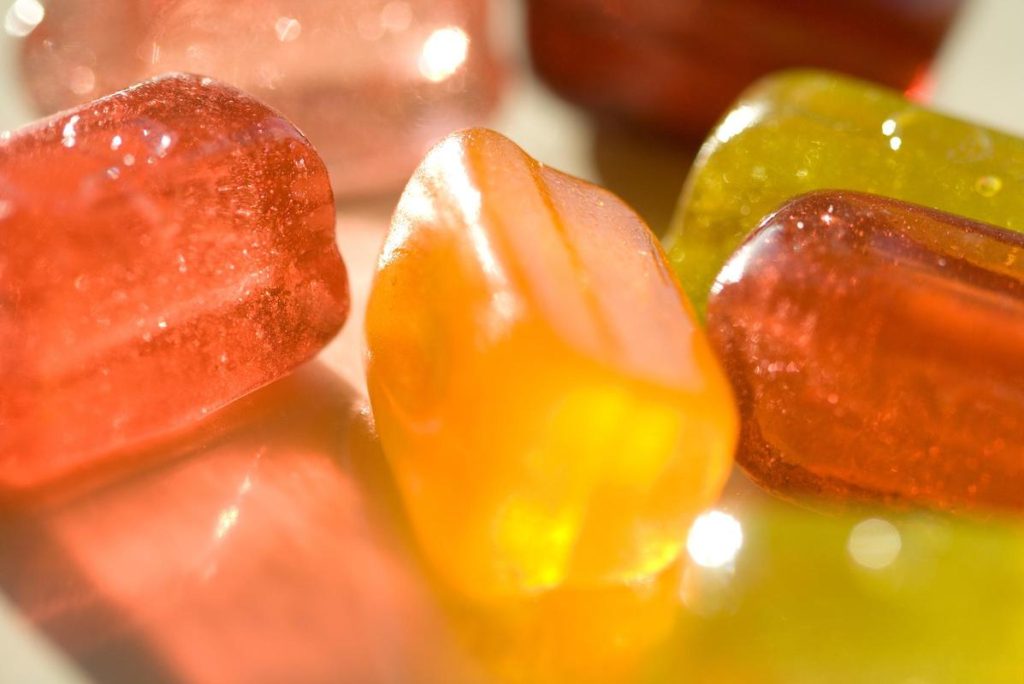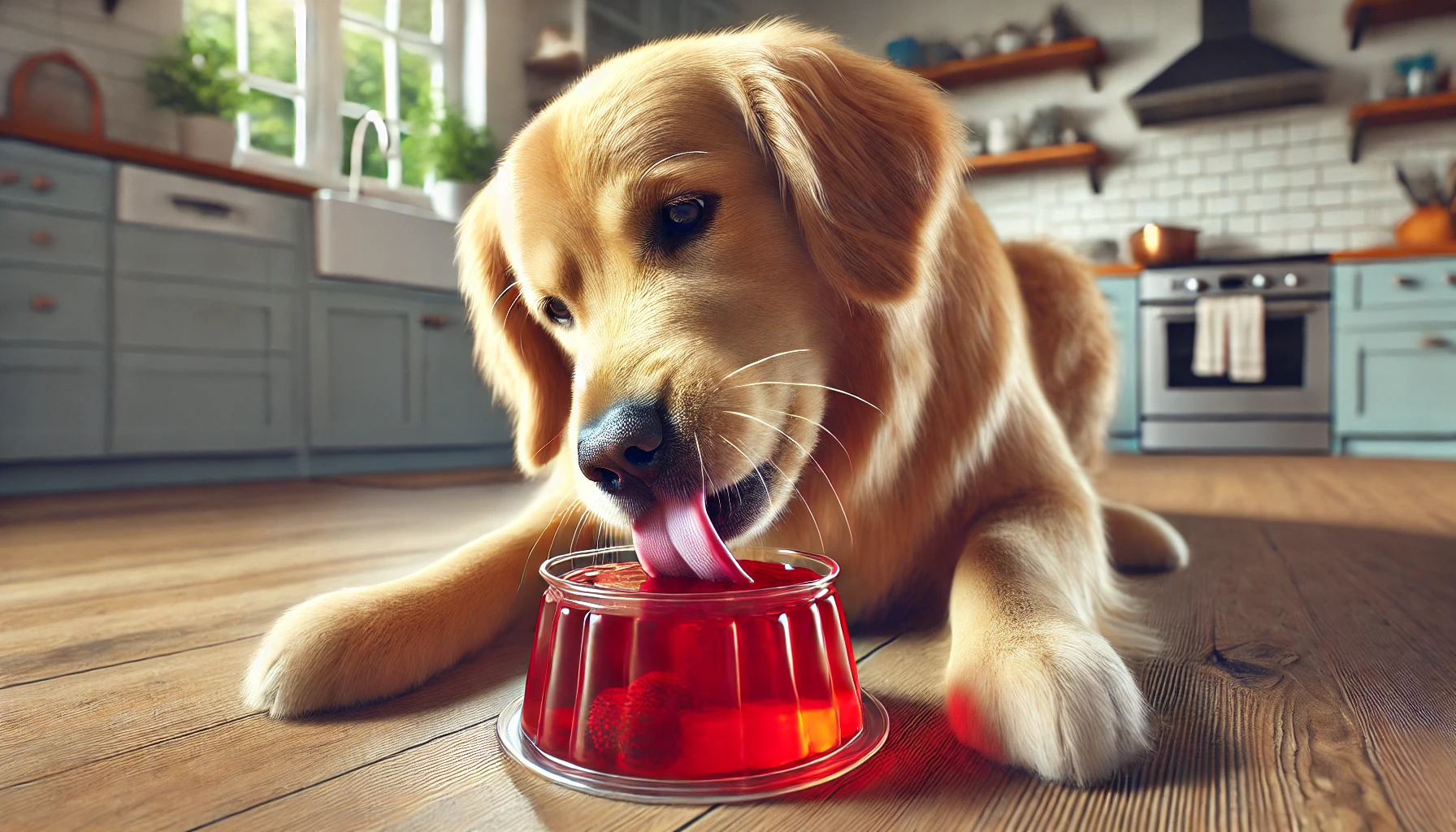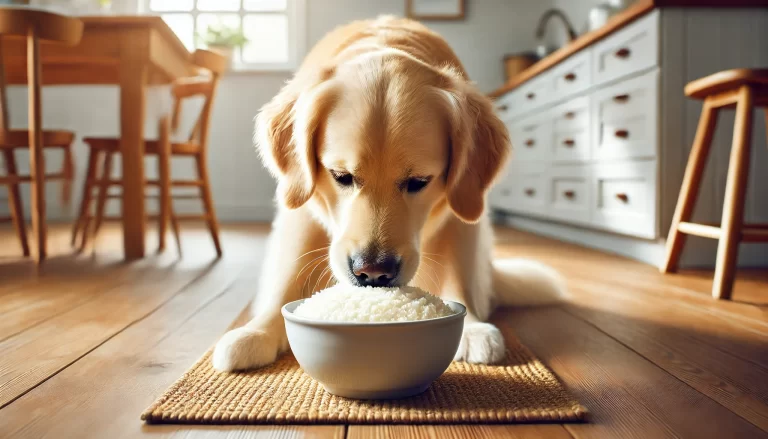Can Dogs Eat Jello? What Happens If My Dog Eats Jello?
Jello is a popular, colorful, and sweet treat enjoyed by many people. But if you have a dog, you might wonder: Can dogs eat Jello? Is it safe for them, or could it cause health problems?
In this article, we’ll explore whether Jello is safe for dogs, what ingredients to watch out for, and healthier alternatives you can offer your furry friend.
Is Jello Safe for Dogs?
The short answer is: It depends on the ingredients. While plain, unflavored gelatin is not toxic to dogs and is sometimes used in homemade dog treats, store-bought Jello typically contains sugar, artificial flavors, and possibly harmful additives that make it unsafe for dogs.
Ingredients to Watch Out For
Before giving your dog Jello, it’s important to check the ingredients. Here are the key components of Jello and their impact on your dog’s health:
-
Sugar – Most commercial Jello products are loaded with sugar, which is bad for dogs. Excess sugar can lead to obesity, diabetes, and dental issues in dogs.
-
Artificial Sweeteners (Xylitol) – Some sugar-free Jello products contain xylitol, a highly toxic substance for dogs. Even a small amount of xylitol can cause hypoglycemia (low blood sugar), seizures, liver failure, or even death.
-
Artificial Colors & Flavors – Many Jello products contain artificial dyes and flavors that offer no nutritional value and may cause allergic reactions or digestive upset in some dogs.
-
Preservatives & Additives – Store-bought Jello often contains preservatives that may be hard on your dog’s digestive system and contribute to long-term health problems.
Can Dogs Eat Sugar-Free Jello?
No! Sugar-free Jello is actually more dangerous than regular Jello because it often contains xylitol, which is extremely toxic to dogs. Even a small amount of xylitol can be deadly, so never give your dog sugar-free Jello.
What Happens If My Dog Eats Jello?
If your dog eats a small amount of regular Jello that doesn’t contain xylitol, they will likely be fine, but they may experience:
-
Mild stomach upset (due to sugar and artificial ingredients)
-
Diarrhea or vomiting if they eat too much
Signs of Xylitol Poisoning
If your dog eats sugar-free Jello that contains xylitol, they could develop serious health issues within 30 minutes to a few hours. Watch for symptoms such as:
-
Vomiting
-
Weakness or lethargy
-
Loss of coordination
-
Seizures
-
Collapse

Can Dogs Have Plain Gelatin?
Yes! Unlike Jello, plain, unflavored gelatin is actually safe and even beneficial for dogs. Gelatin is made from collagen and can help support joint health, skin, and coat condition.
Health Benefits of Gelatin for Dogs
-
Supports joint health – Gelatin contains amino acids that help maintain strong joints, making it beneficial for older dogs or those with arthritis.
-
Improves digestion – Gelatin helps protect the gut lining and can support a healthy digestive system.
-
Strengthens skin and coat – The collagen in gelatin can improve skin elasticity and fur health, giving your dog a shinier coat.
How to Make Dog-Friendly Jello
If you want to give your dog a safe and healthy treat, you can make homemade dog-friendly Jello using plain gelatin and dog-safe ingredients.
Homemade Dog Jello Recipe

-
1 packet of unflavored gelatin
-
1 cup of low-sodium chicken or beef broth (make sure it has no onions or garlic)
-
1/2 cup of water

-
Heat the water and broth until warm but not boiling.
-
Add the gelatin and stir until completely dissolved.
-
Pour the mixture into silicone molds or a shallow dish.
-
Refrigerate for a few hours until firm.
-
Cut into small bite-sized pieces and serve in moderation.
This homemade version is a safe alternative to store-bought Jello and provides extra nutrients for your pup.

Healthy Alternatives to Jello for Dogs
If your dog enjoys soft and chewy treats, consider these healthier alternatives instead of Jello:




Final Verdict: Can Dogs Eat Jello?
Regular Jello is not recommended for dogs due to its high sugar content and artificial ingredients. Sugar-free Jello is extremely dangerous because it may contain xylitol, which is toxic to dogs.
However, plain, unflavored gelatin is safe and even beneficial for dogs when used in homemade treats. If you want to give your dog a special snack, consider making dog-friendly gelatin treats using natural, pet-safe ingredients.
Key Takeaways:




If you’re ever unsure about feeding something to your dog, always check the ingredients and consult your veterinarian. Keeping your pup safe and healthy is the top priority!







